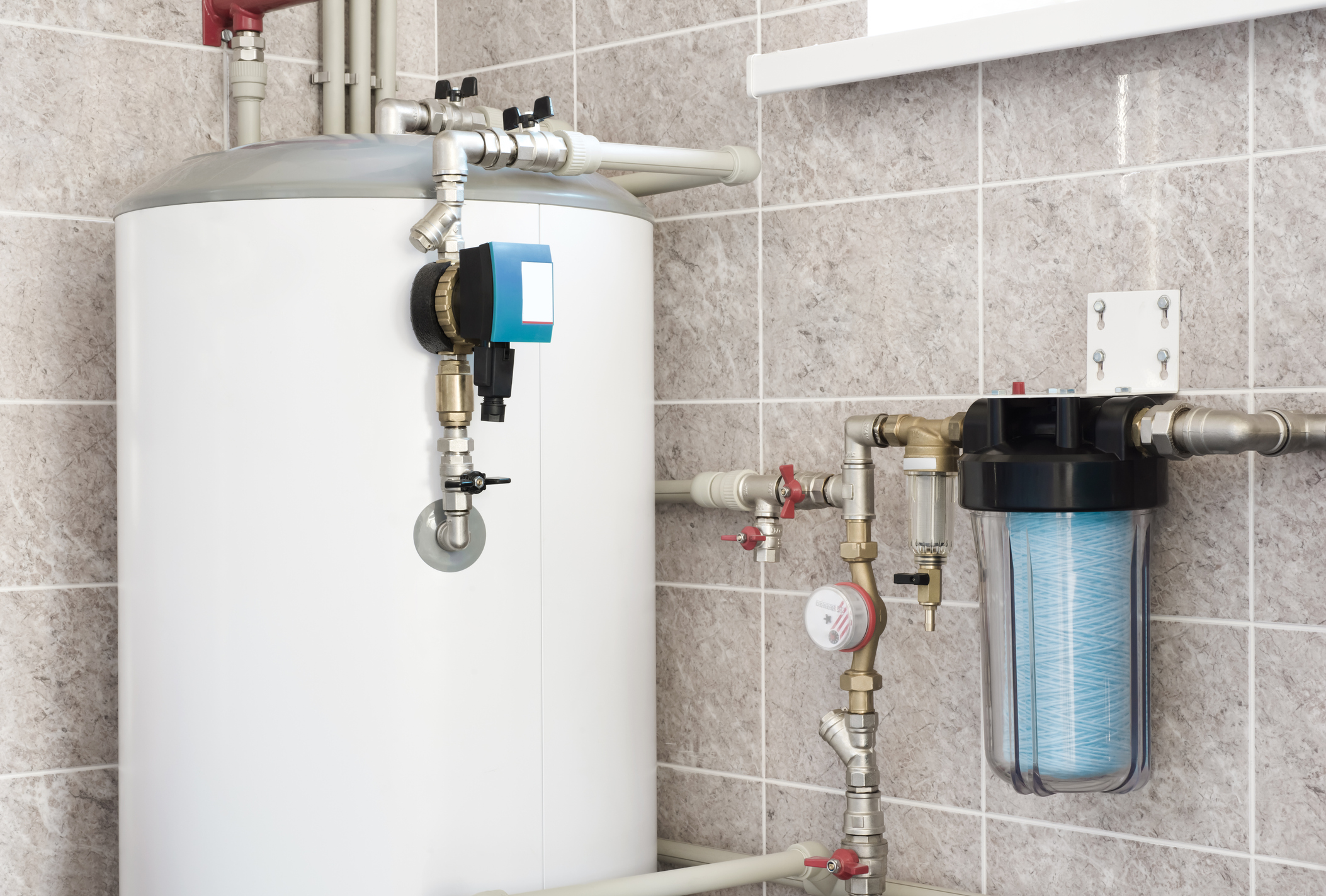How to Keep Your Home's Hot Water System in Good Condition
How to Keep Your Home's Hot Water System in Good Condition
Blog Article
The publisher is making several great observations related to What Kind of Maintenance Do Water Heaters Need? in general in this article on the next paragraphs.

Hot water is crucial for everyday convenience, whether it's for a refreshing shower or cleaning dishes. To ensure your warm water system runs effectively and lasts much longer, regular maintenance is vital. This short article supplies practical suggestions and insights on exactly how to keep your home's warm water system to avoid disturbances and costly repair work.
Intro
Maintaining your home's hot water system could appear challenging, however with a couple of basic actions, you can ensure it operates smoothly for several years to find. This overview covers whatever from recognizing your warm water system to DIY upkeep suggestions and recognizing when to call specialist help.
Importance of Preserving Your Hot Water System
Normal upkeep not only extends the life-span of your hot water system yet also ensures it runs successfully. Neglecting maintenance can cause lowered effectiveness, greater energy costs, and even premature failing of the system.
Indicators Your Warm Water System Needs Maintenance
Understanding when your warm water system requires interest can stop significant problems. Watch out for indicators such as inconsistent water temperature, odd sounds from the heating system, or rusty water.
Flushing the Water Heater
Purging your hot water heater gets rid of debris build-up, boosting performance and extending its life.
Monitoring and Changing Anode Rods
Anode poles stop rust inside the storage tank. Checking and replacing them when worn is important.
Facility Problems Needing Expert Assistance
Examples consist of significant leakages, electric issues, or if your water heater is consistently underperforming.
Routine Specialist Upkeep Perks
Expert upkeep can include extensive evaluations, tune-ups, and guaranteeing compliance with safety criteria.
Checking and Adjusting Temperature Setups
Readjusting the temperature level settings ensures optimum performance and security.
DIY Tips for Maintenance
You can perform several maintenance jobs on your own to keep your hot water system in leading problem.
Checking for Leakages
On a regular basis examine pipelines and connections for leaks, as these can bring about water damage and greater costs.
Recognizing Your Hot Water System
Before diving into maintenance tasks, it's useful to recognize the fundamental elements of your warm water system. Commonly, this consists of the water heater itself, pipelines, anode poles, and temperature controls.
Monthly Maintenance Tasks
Regular regular monthly checks can assist catch small problems prior to they escalate.
Checking Stress Relief Valves
Evaluating the stress relief valve guarantees it functions properly and protects against extreme stress buildup.
Shielding Pipelines
Protecting warm water pipes minimizes heat loss and can conserve energy.
When to Call a Specialist
While DIY upkeep is advantageous, some concerns need professional experience.
Verdict
Routine upkeep of your home's hot water system is crucial for effectiveness, longevity, and price savings. By following these tips and understanding when to look for professional aid, you can ensure a trusted supply of warm water without unforeseen disturbances.
How to Maintain an Instant Hot Water Heater
Before tinkering with your hot water heater, make sure that it’s not powered on. You also have to turn off the main circuit breaker and shut off the main gas line to prevent accidents. Also turn off the water valves connected to your unit to prevent water from flowing into and out of the appliance. 2. When you’re done, you have to detach the purge valves’ caps. These look like the letter “T†and are situated on either side of the water valves. Doing so will release any pressure that has accumulated inside the valves while at the same time avoid hot water from shooting out and burning your skin. 3. When the purge valves’ caps are removed, you have to connect your hosing lines to the valves. Your unit should have come with three hoses but if it didn’t, you can purchase these things from any hardware or home repair shops. You can also get them from retail stores that sell water heating systems. Read the user’s manual and follow it to complete this task properly. When the hosing lines are connected, open the purge port’s valves. 4. You should never use harsh chemical cleaners or solutions when cleaning your unit. Make use of white vinegar instead. It should be undiluted and you’ll probably use about 2 gallons. 5. Now flush your water heater. This task should probably take about 40 minutes. We can’t give you specific directions for this because the procedure is carried out depending on the type, model and brand of your heater. With that being said, refer to the user’s manual. 6. When you’re done draining the unit, you have to turn off the purge port valves again. Remove the hosing lines that you earlier installed on each of the water valves. Put the valve caps (purge port) back in their respective places and be very careful so as not to damage the rubber discs that are found inside these caps. 7. Now that everything’s back in place, check your user’s manual again to find out how to reactivate your water heating system. 8. Once it is working, turn one of your hot water faucets on just to let air pass through the heater’s water supply pipes. Leave the tap on until water flows smoothly out of it. https://www.orrplumbing.com/blog/2014/september/how-to-maintain-an-instant-hot-water-heater/

I hope you liked our topic on Water Heater Maintenance Tips You Can't Afford to Forget. Thank you for taking a few minutes to browse our post. So long as you liked our blog entry please be sure to share it. I treasure reading our article about Tips on Maintaining a Water Heater.
Call Today Report this page